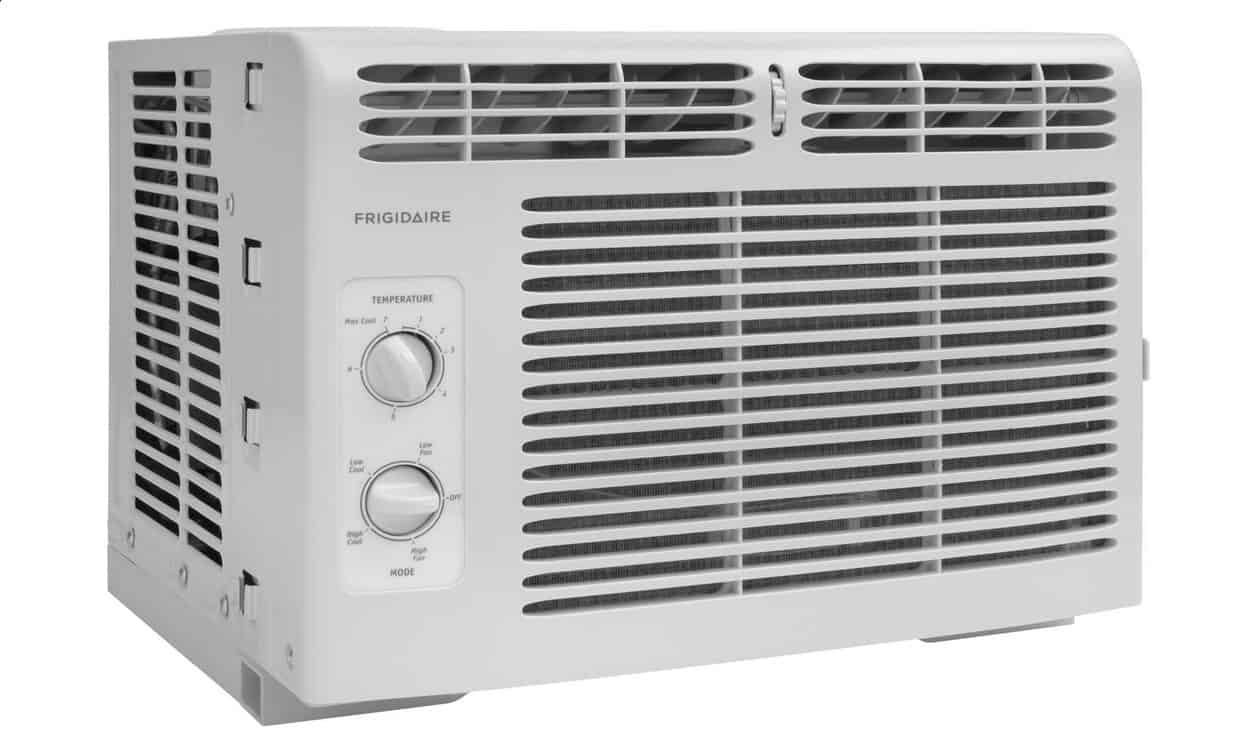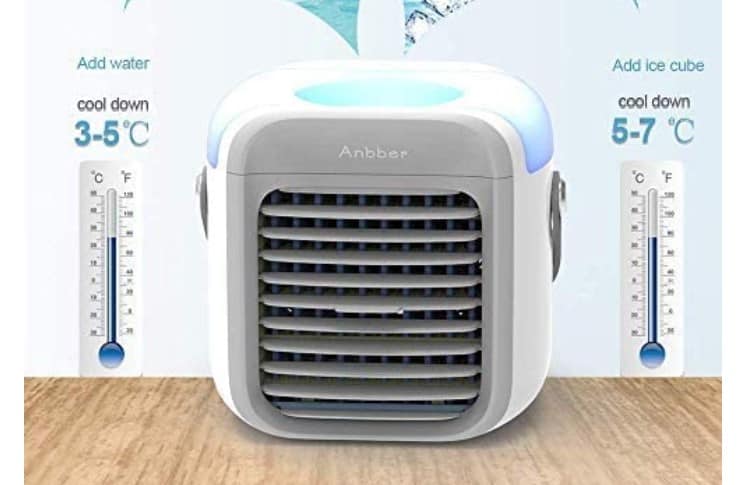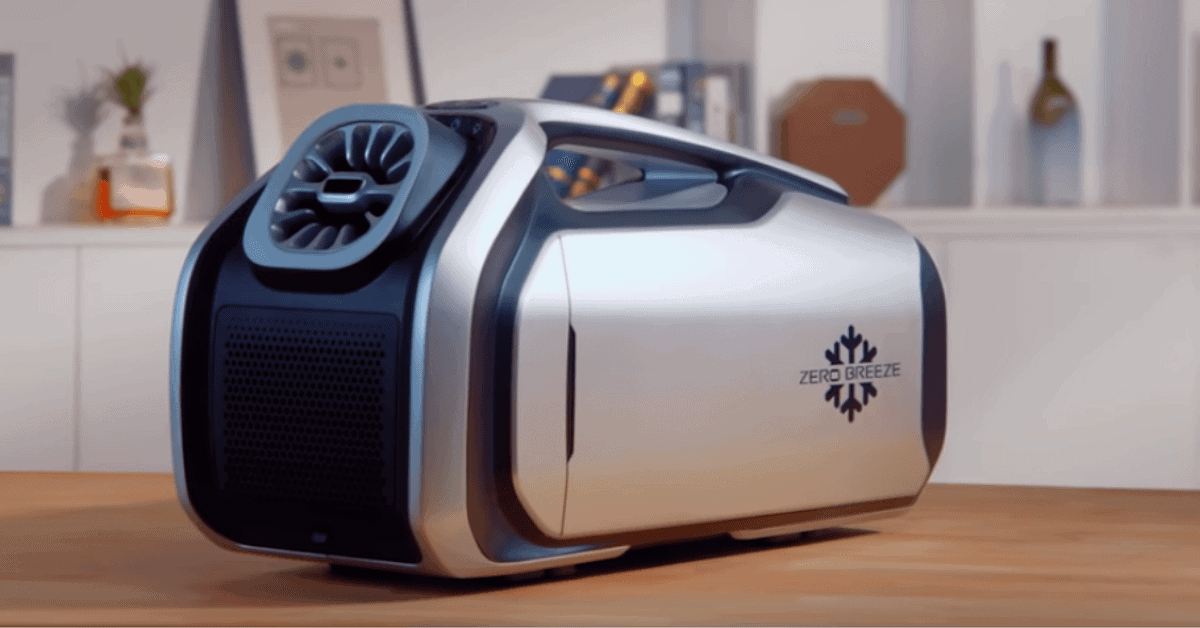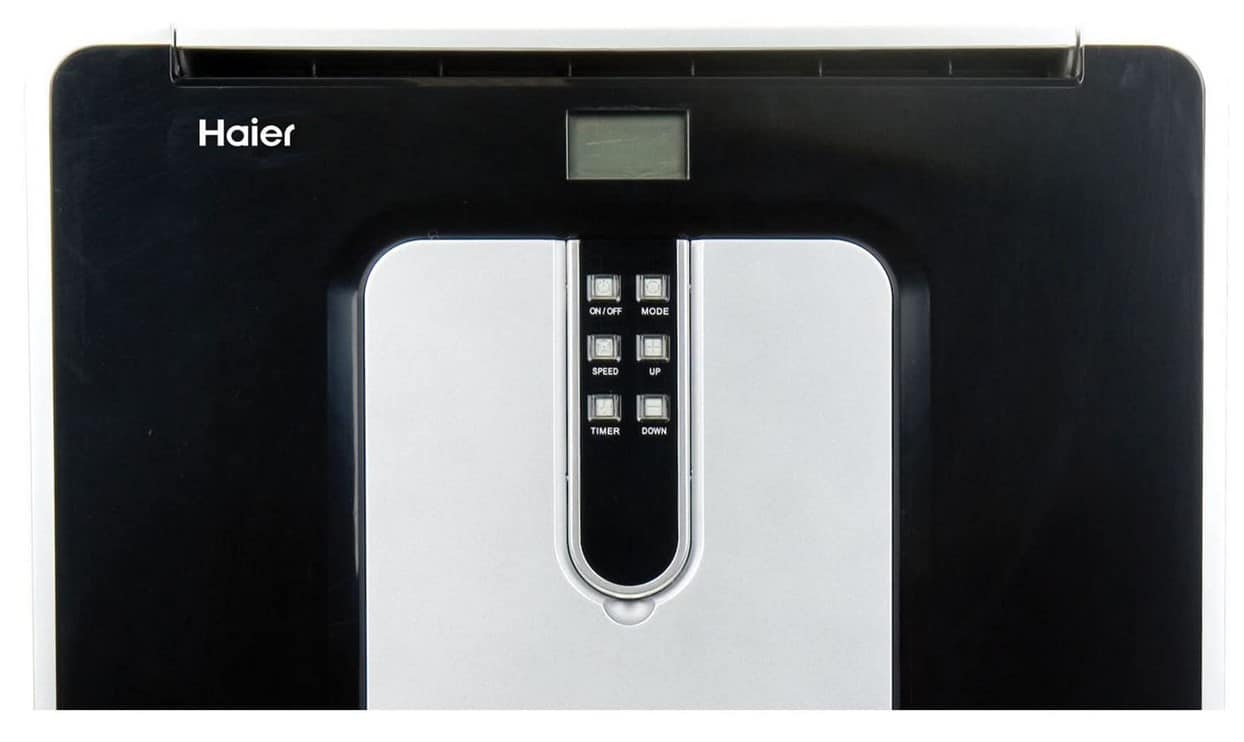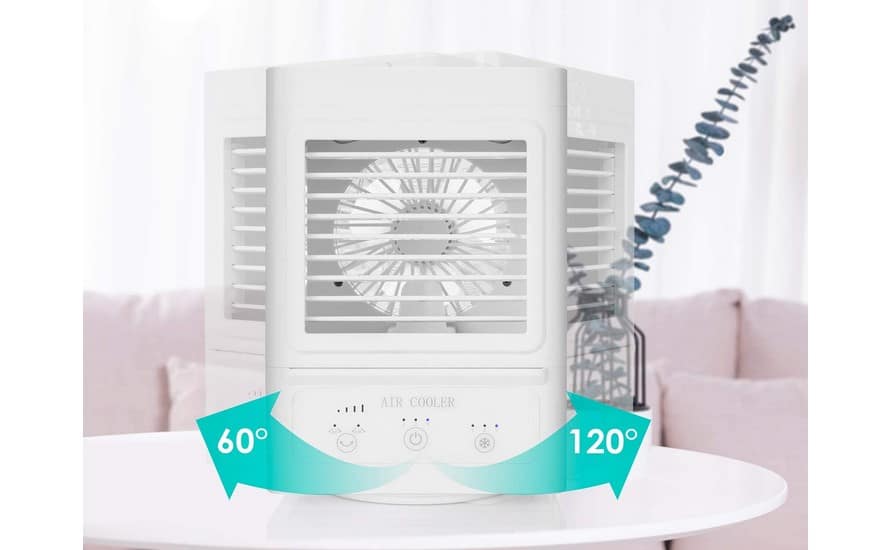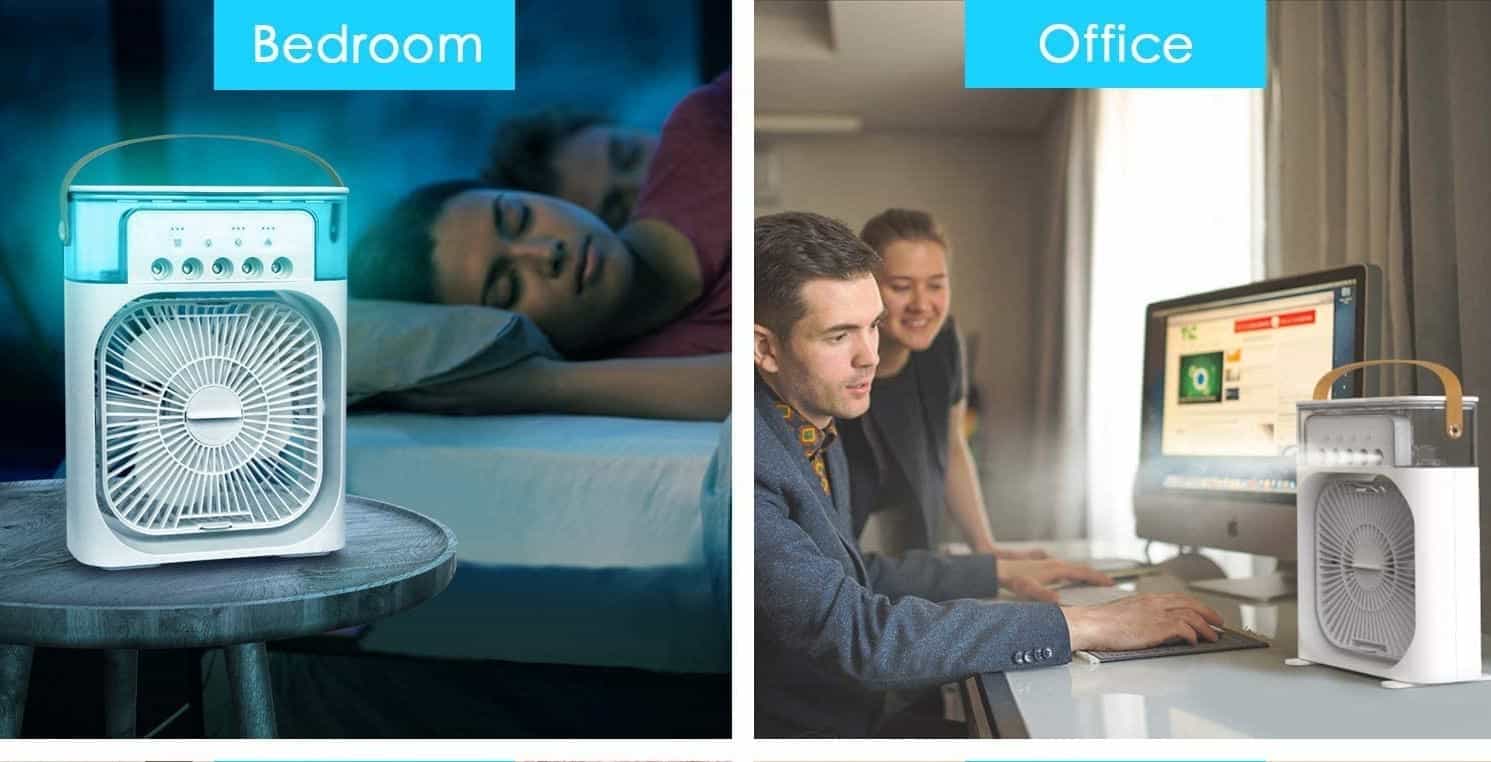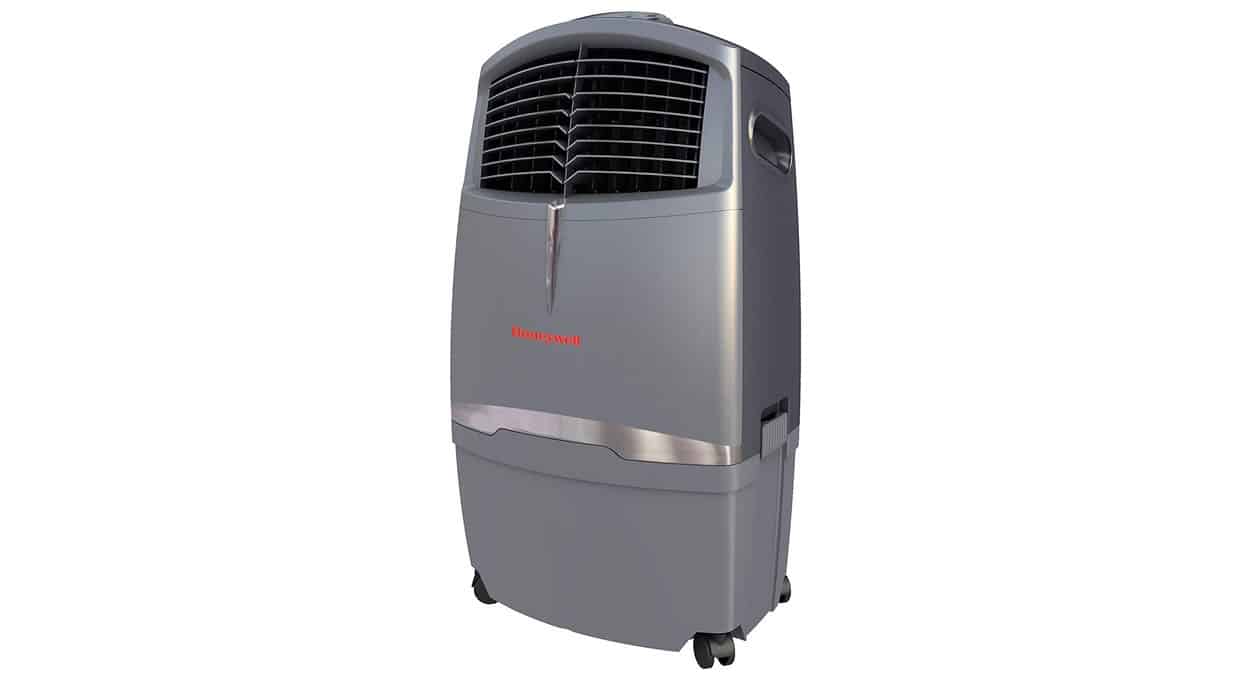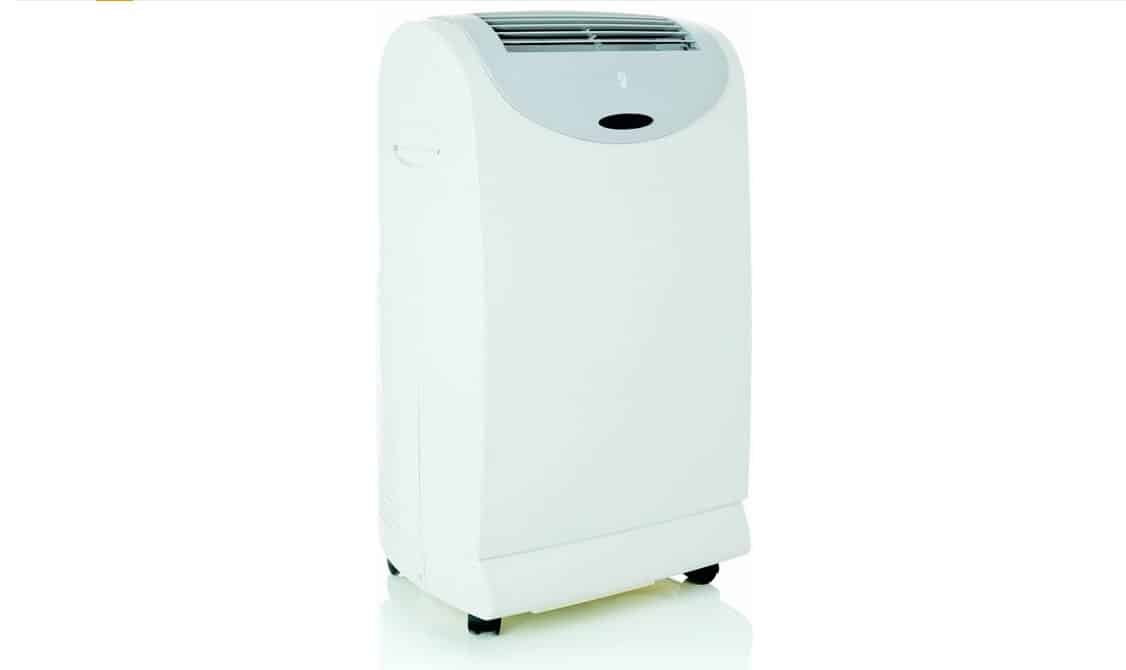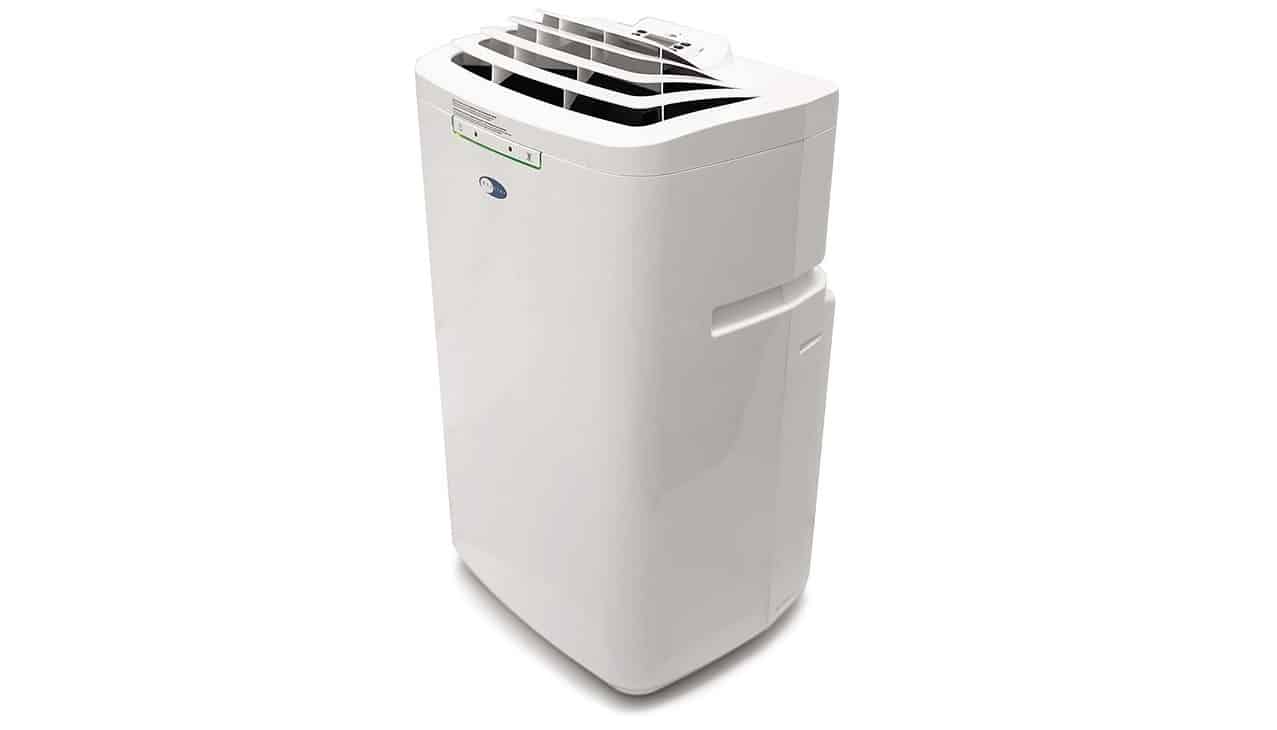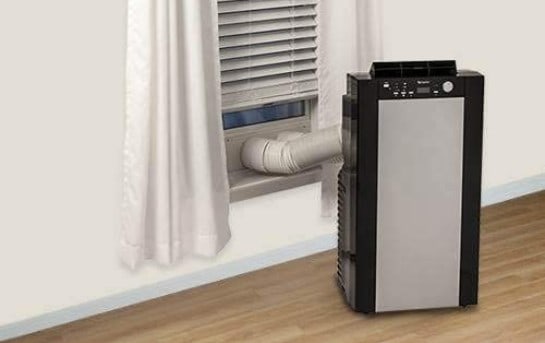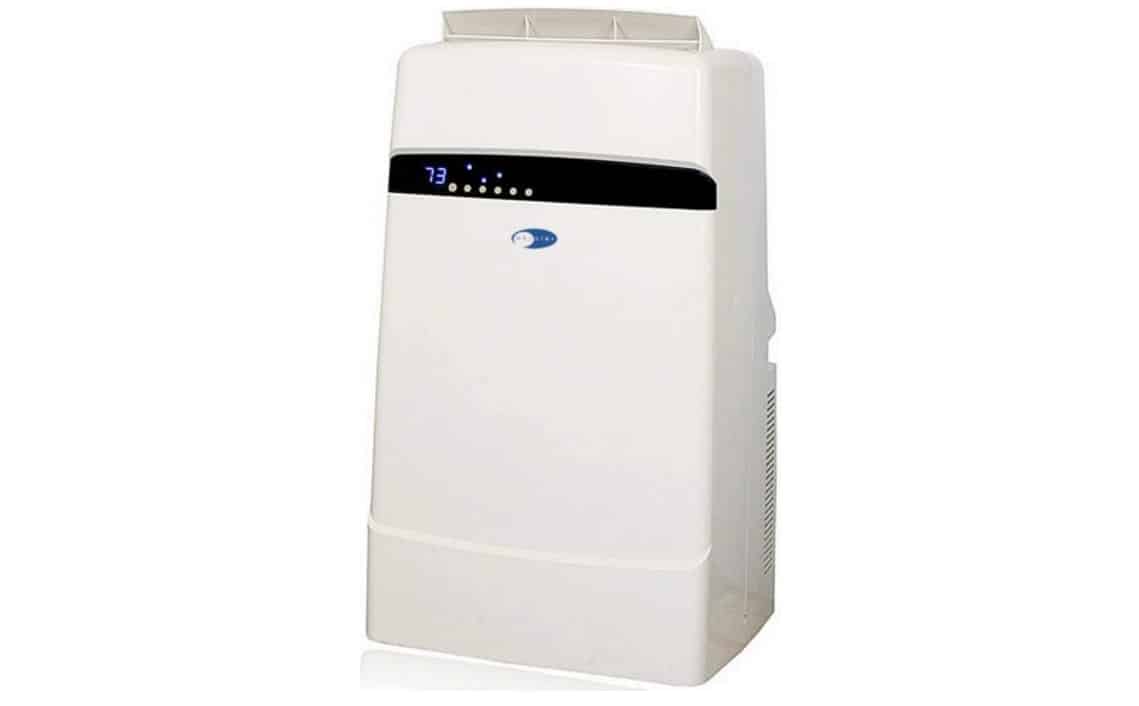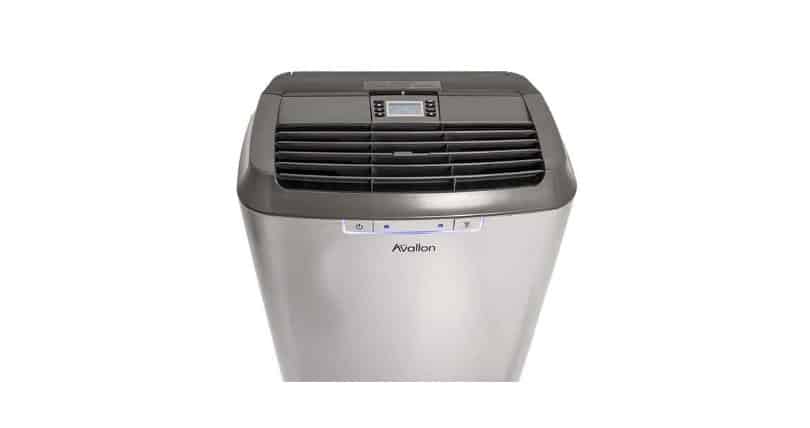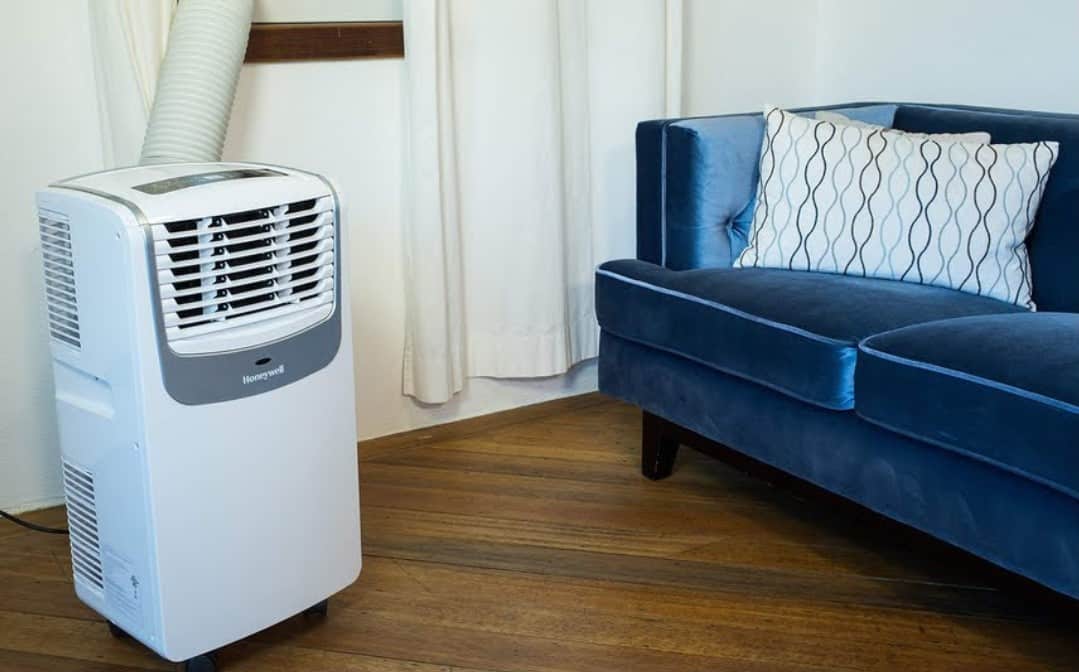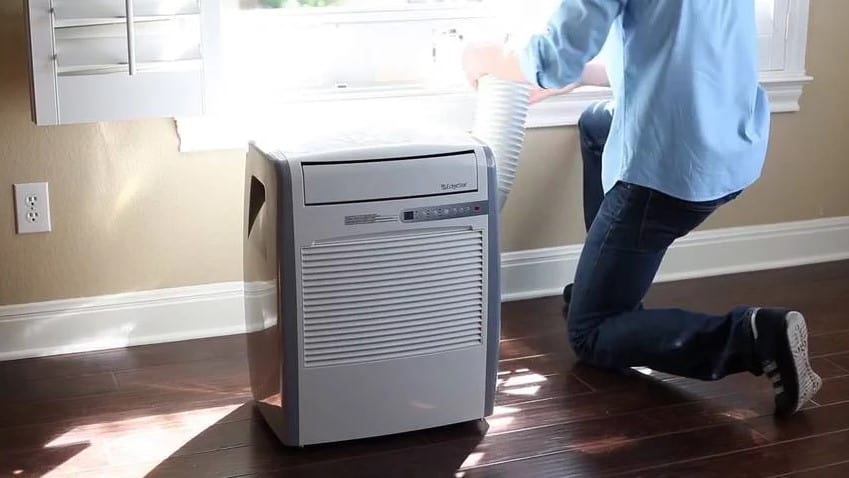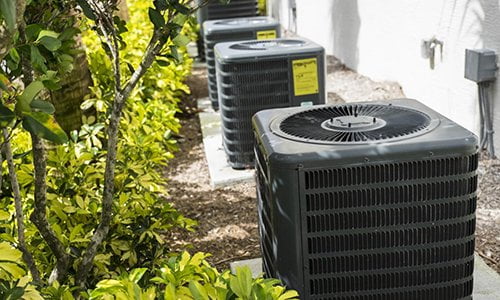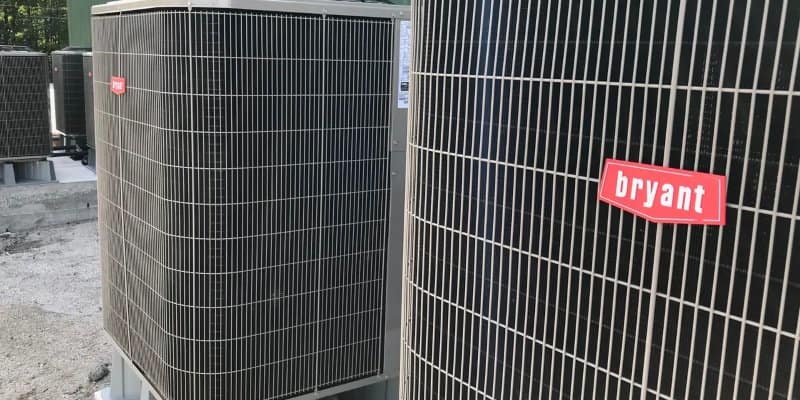Winter is coming. And because of this all-too-prescient seasonal reality, the best air conditioners can only stay that way if adequately prepared. AC units must undergo a specific process to be readied for the winter months. In this article, we’ll outline how to winterize an air conditioner. And for those with portable units, we have a resource that shows you how to vent a portable air conditioner.
KEY TAKEAWAYS:
- Winterizing your air conditioning unit is a necessary measure of upkeep to ensure it stays effective and lasts long.
- There must be a winterization process before putting it away for the cold months, whether it’s a window, portable, or central unit.
- Always wipe down the unit, remove any debris, and clean/replace the air filter every time you winterize.
How Do You Winterize an AC Unit?
Keeping your air conditioner winterized increases the unit’s longevity and reduces the chance of it being damaged or broken. It only takes a few simple steps to winterize any AC. These steps are easy and save a lot of time and repair costs in the long run.
For more great maintenance content, check out our articles covering how to store a window A/C unit during the winter, unclogging an air conditioner drain pipe, and what air conditioner filters do. If you’re just learning about A/C units, we also can help you learn how to turn on a central air conditioner, understand air conditioner symbols, and the costs of leaving an air conditioner on when you’re not home.
Insider Tip
After wiping off your air conditioner (whatever the type), make sure it is completely dry before covering it.
Also, for those with central AC, you might be interested in reading our article that shows you how to wire a disconnect box to an air conditioner.
STEP 1
If you have a central air conditioner, turn off the thermostat and then go outside to the electrical disconnect box. Depending on your electrical setup, turn the switch off or pull out the disconnect handle. If you have a disconnect handle, flip it over and place it back into the slot so that the indicating marker reads “off.” For those with a window or portable AC units, simply power the unit off, then unplug it.
STEP 2
If you have a window AC, place a towel down on the floor or table, take out the unit and place it on the towel. Keep the unit right side up.
STEP 3
Clean the AC unit and inspect for damage. For central AC owners, this means replacing the air filter (if dirty) and removing any branches/debris surrounding the outer part of the unit. Also, wipe off any gunk that may have built up around the vent slats. Check for any damage or frayed wires or burnt electrical components as you clean.
STEP 4
Wash/clean the air filter. For window units, wash the air filter (or vacuum if non-washable), air dry it, and place it back in the unit. Wipe down the face and body of the unit to remove any dirt or debris that has built up. For portable AC owners, empty the condensate trays, wipe down the unit, and wash/dry the air filter.
STEP 5
Cover and store the unit. For central AC units, take a piece of plywood and place it over the top of the outdoor unit. Then place a few bricks or heavy stones on top of the plywood. Depending on where your window/portable unit is stored, you may not need to cover it. But keep it in a dry place that won’t reach temperatures below freezing.
STEP 6
For a central AC unit, insulate the pipes. You can get foam pipe covers from any home improvement store and put them on the outside pipes. Then use duct tape to fasten them.
STEP 7
Periodically check the unit throughout the winter. Check your outdoor central AC unit whenever there is harsh weather. If it snows, remove any excess snow from the top of the unit. Also, check if any animals have built nests around the outdoor unit or in the electrical box. With window/portable units, check to ensure the storage areas don’t reach below-freezing temperatures. Also, periodically check for any animals that may have built nests in the unit throughout the winter.
Warning
While central air conditioner covers are sold in stores, many manufacturers do not recommend using them because they can trap harmful moisture. Covers can also attract rodents and other small animals.
F.A.Q.S
Is it necessary to cover my central air conditioner?
Most outdoor central AC units are built to withstand outdoor conditions. Unfortunately, covers also can trap moisture that causes rust. As a result, a simple piece of plywood and bricks are the best for winterization.
Can you leave an AC in the window during winter?
Taking the air conditioner out will allow you to have a warmer room during the winter. Also, it will keep the AC unit in better condition.
When is the best time to winterize your AC unit?
The best time is typically in the fall, right after the weather begins to turn chilly but before temperatures reach freezing.
STAT: Keeping your air filter clean can improve your AC’s efficiency by up to 15%. (source)
REFERENCES:
- https://instant-air.com/how-to-winterize-your-central-air-conditioner/
- https://www.youtube.com/watch?v=ZSZLVPl4oU4
- https://www.angi.com/articles/how-can-i-winterize-my-window-air-conditioner.htmr
- https://candcheat.com/how-to-properly-winterize-your-hvac-system/
- https://www.youtube.com/watch?v=qzESlhsMOWg















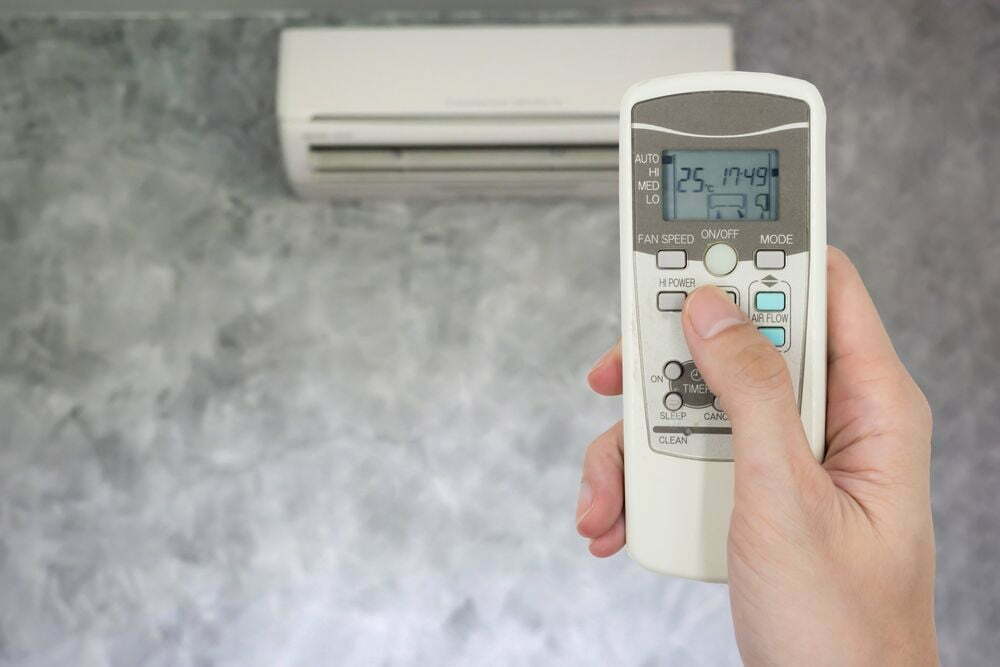
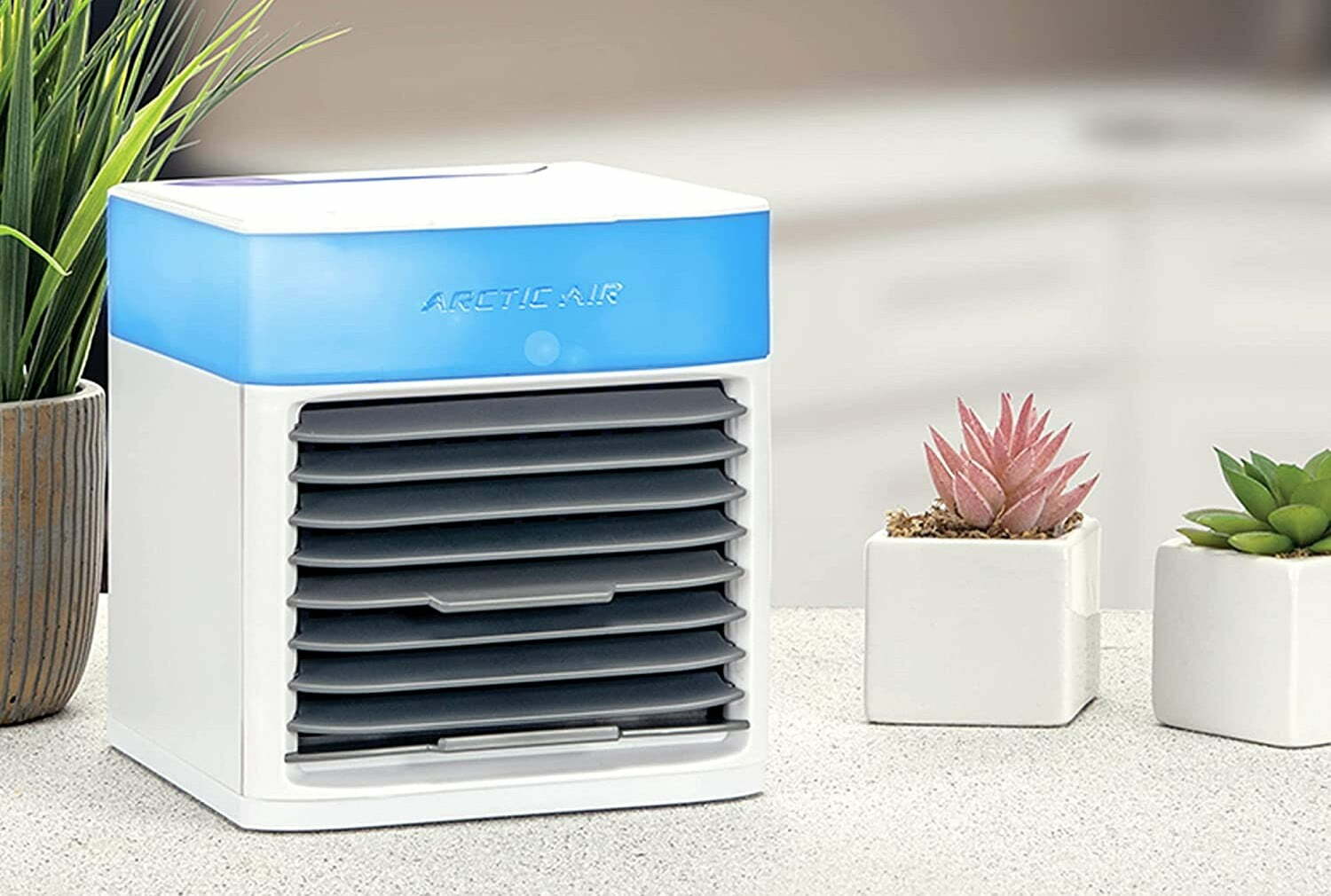
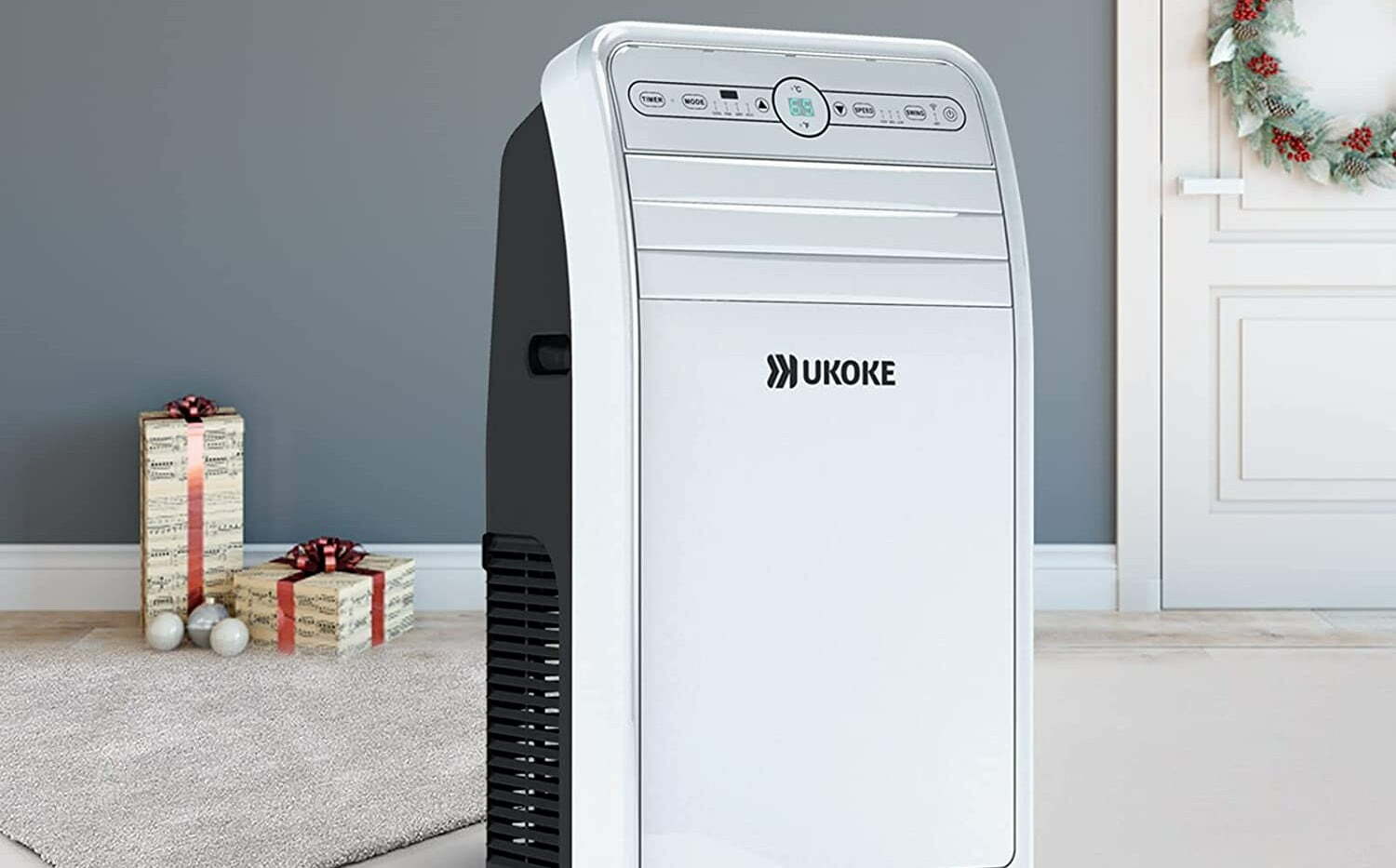
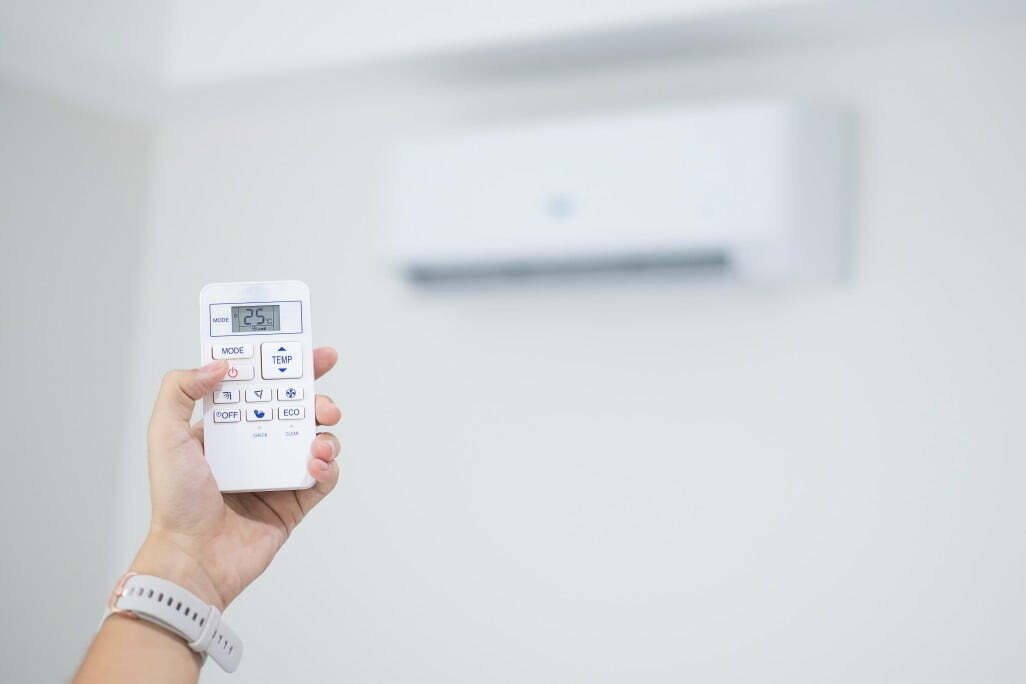

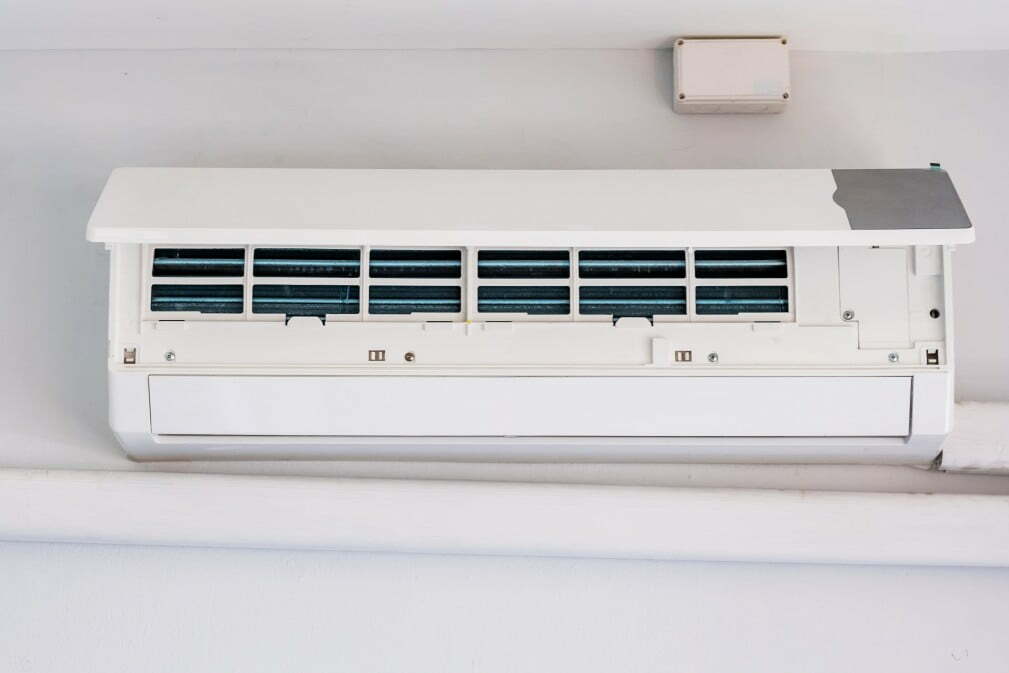
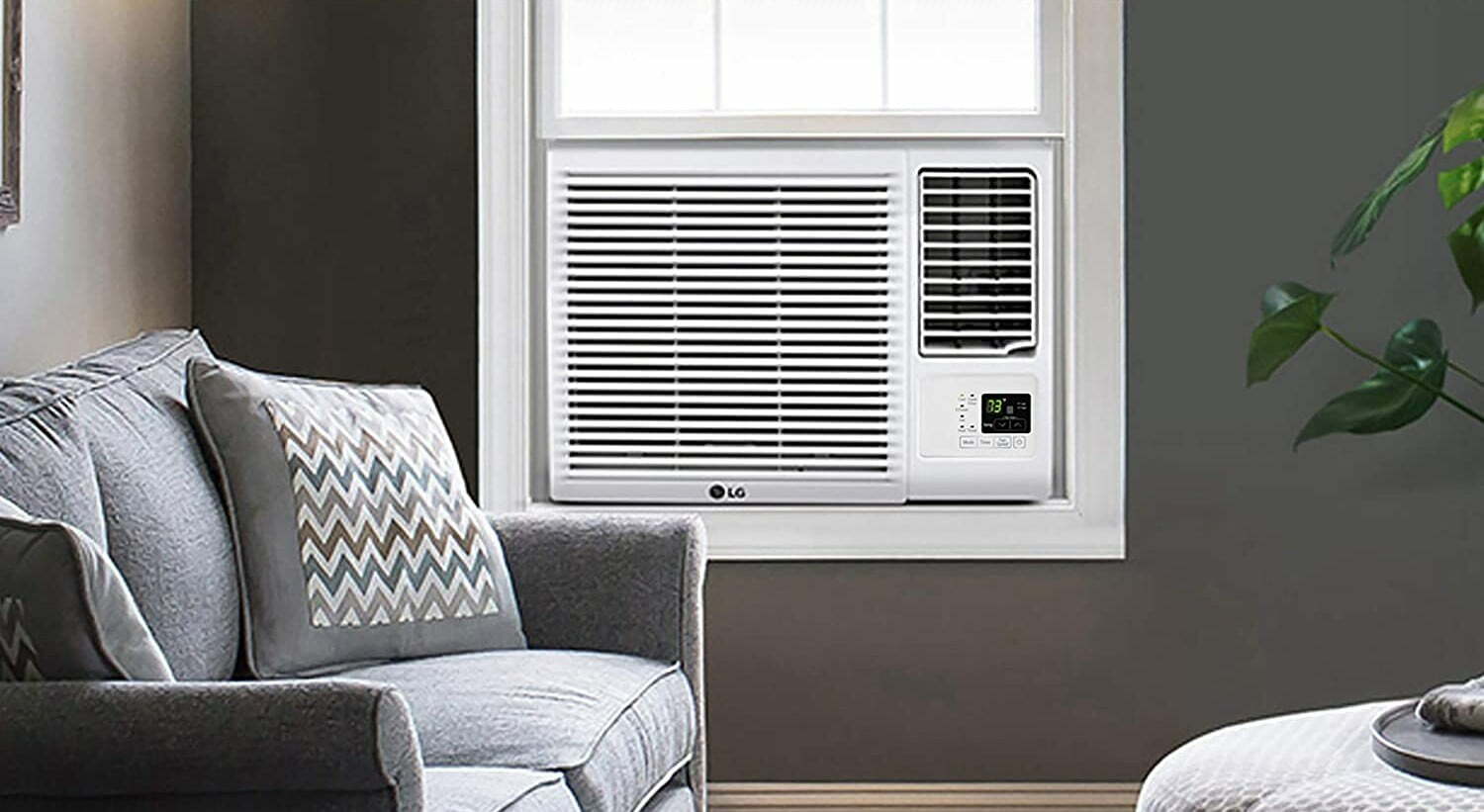
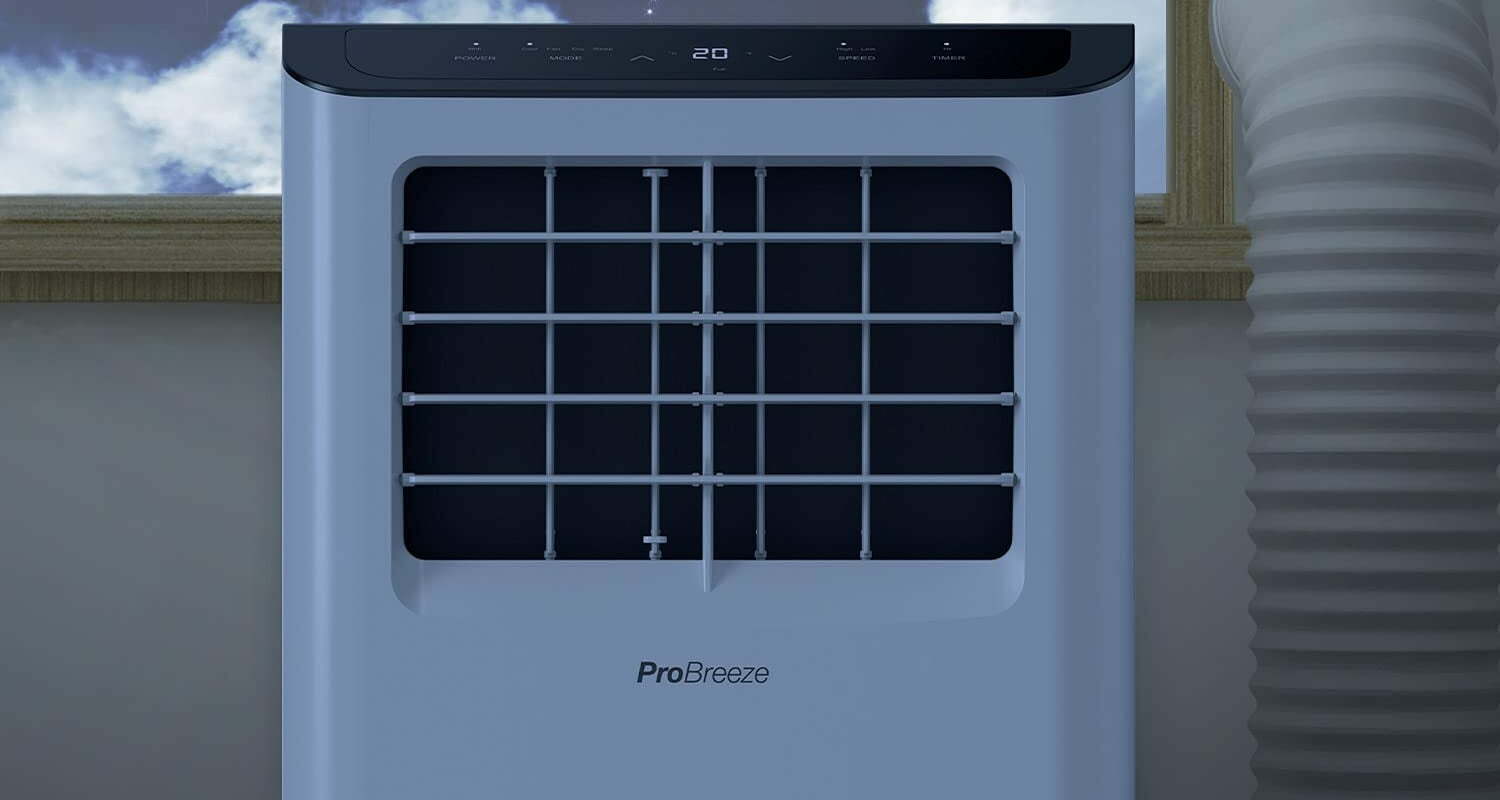

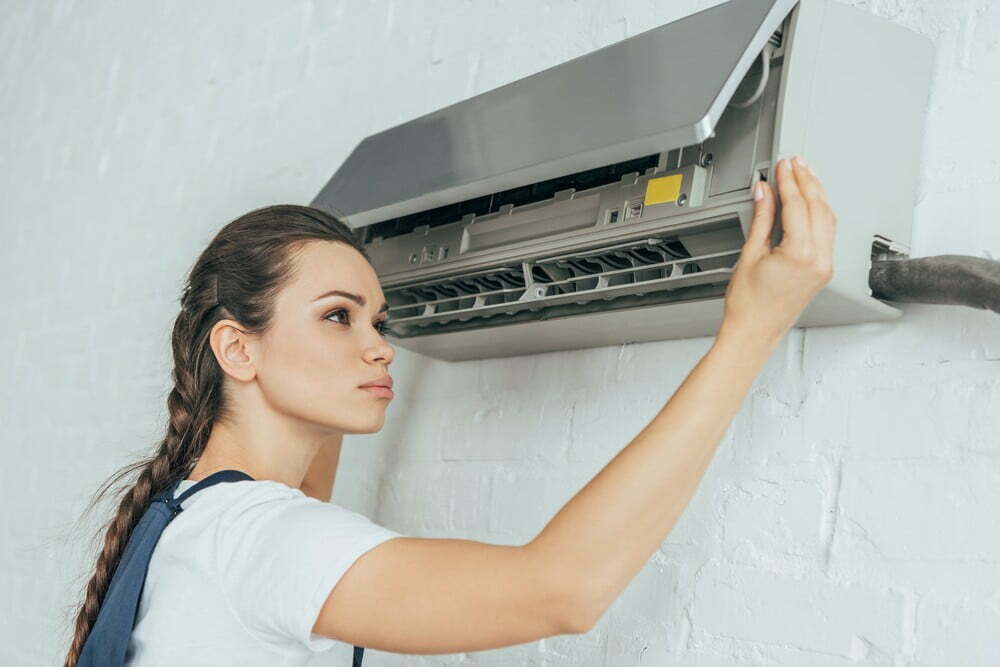
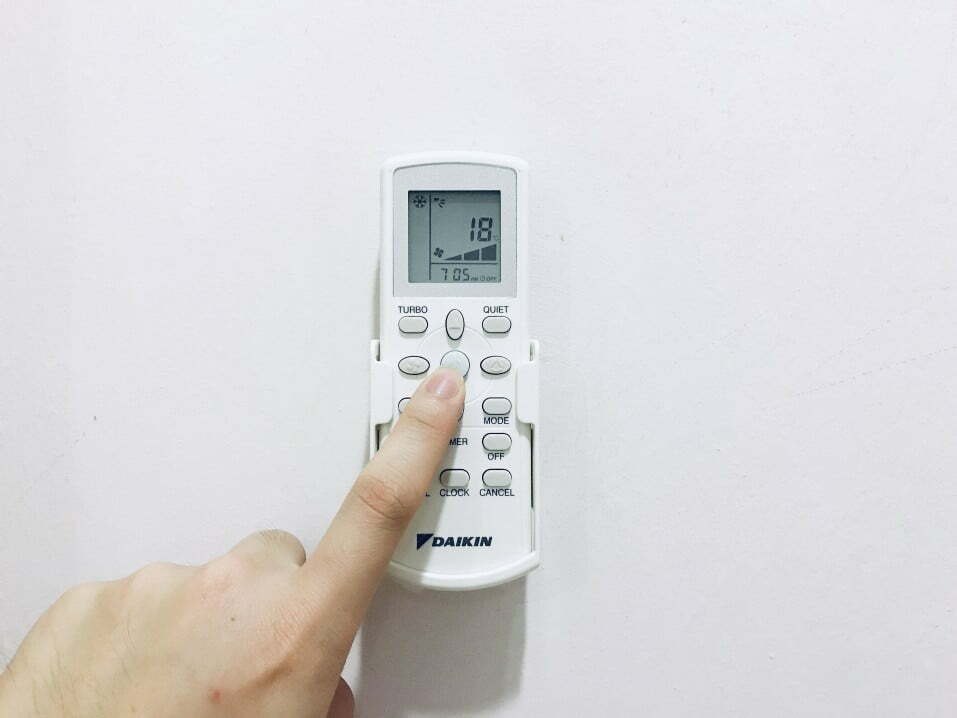
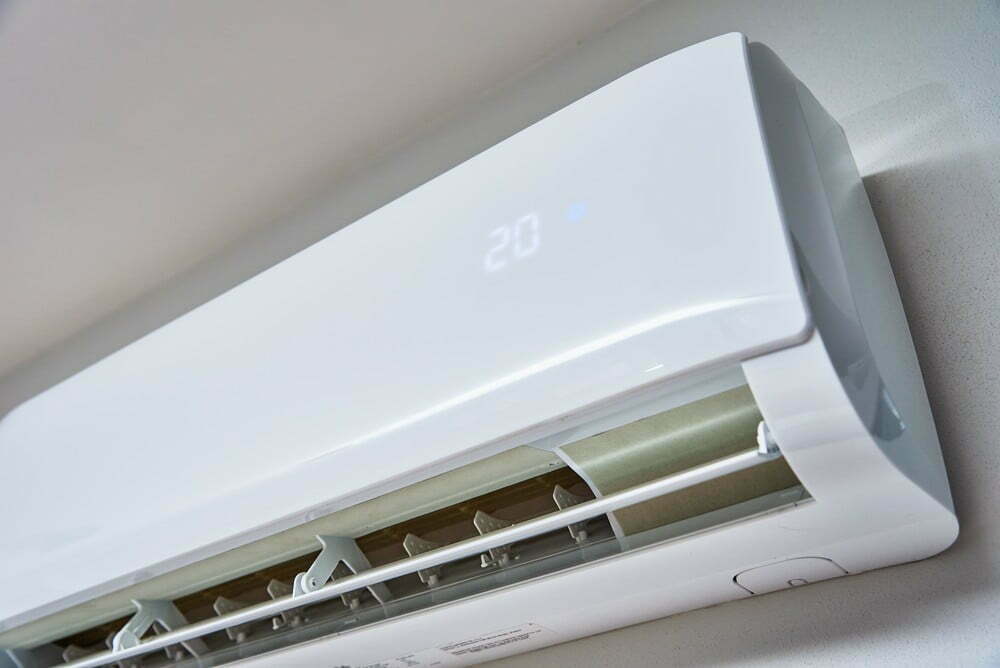
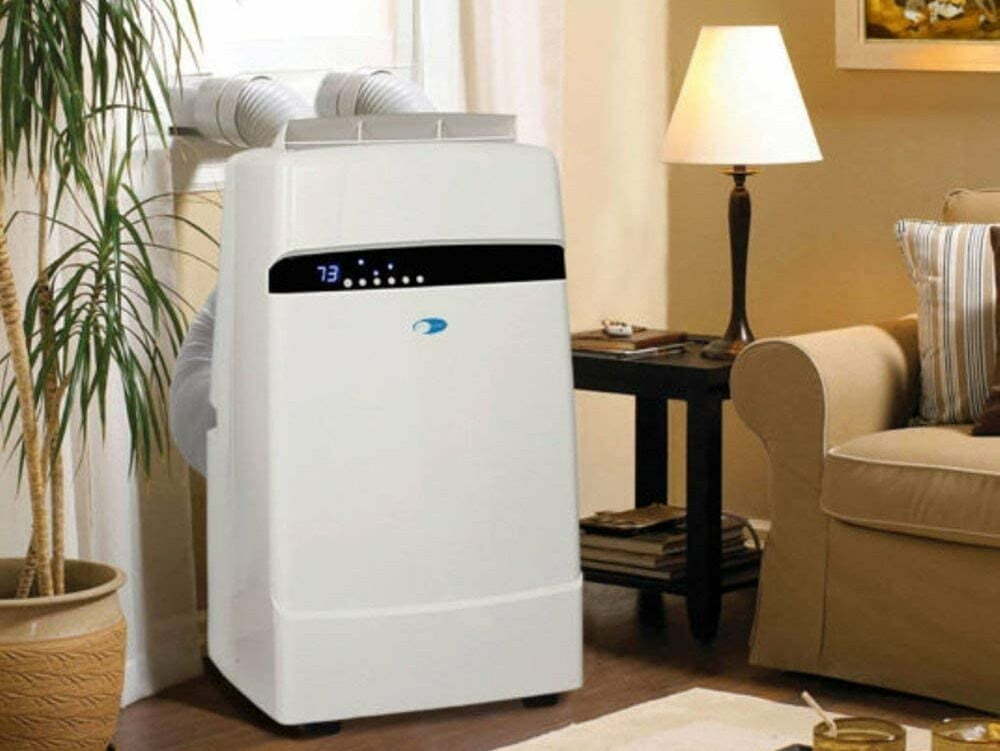
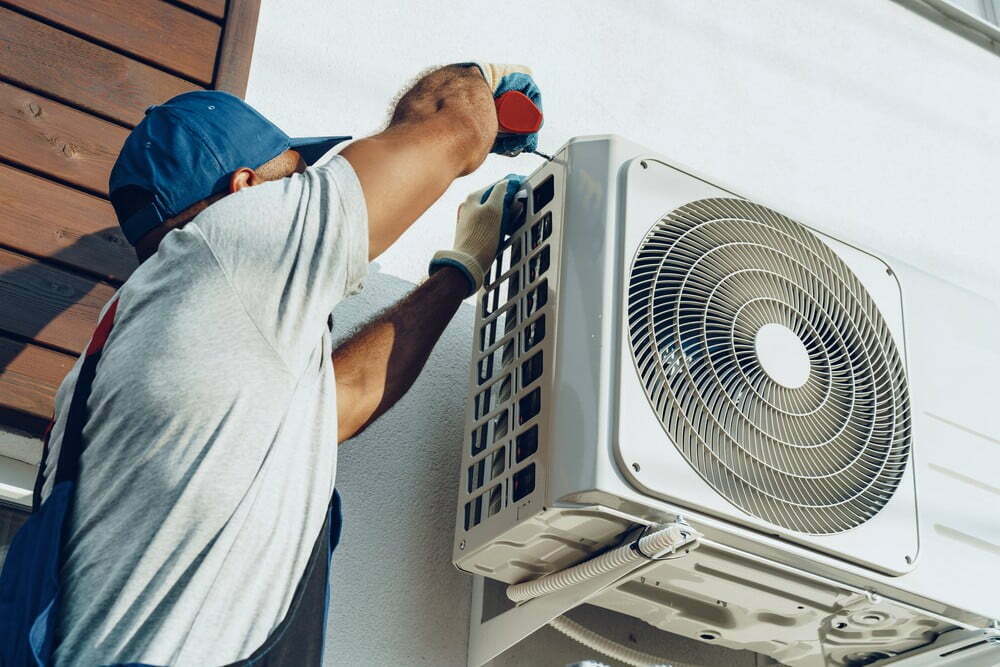

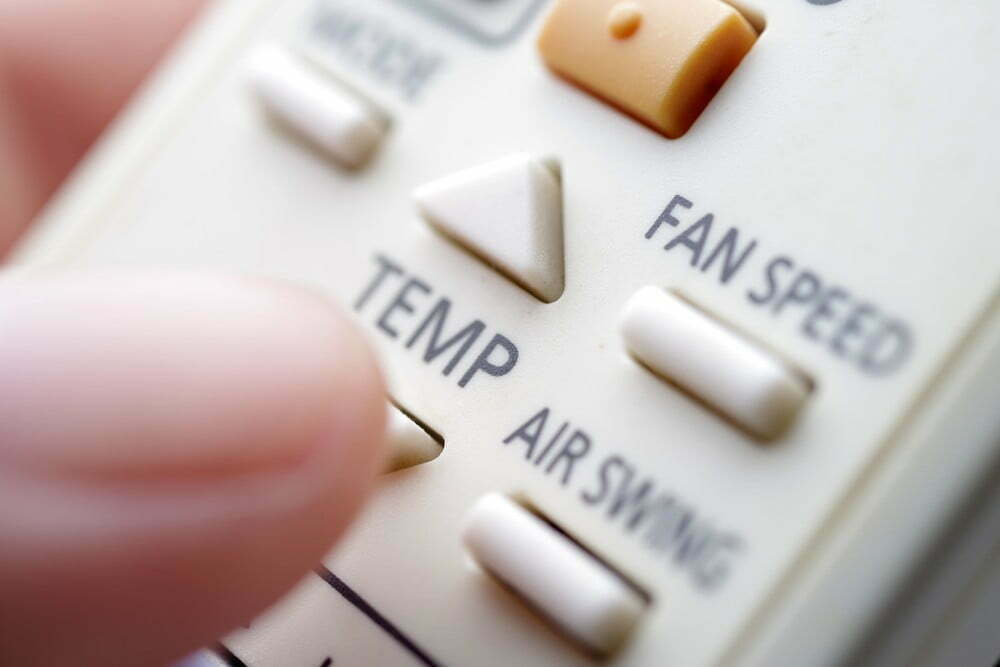
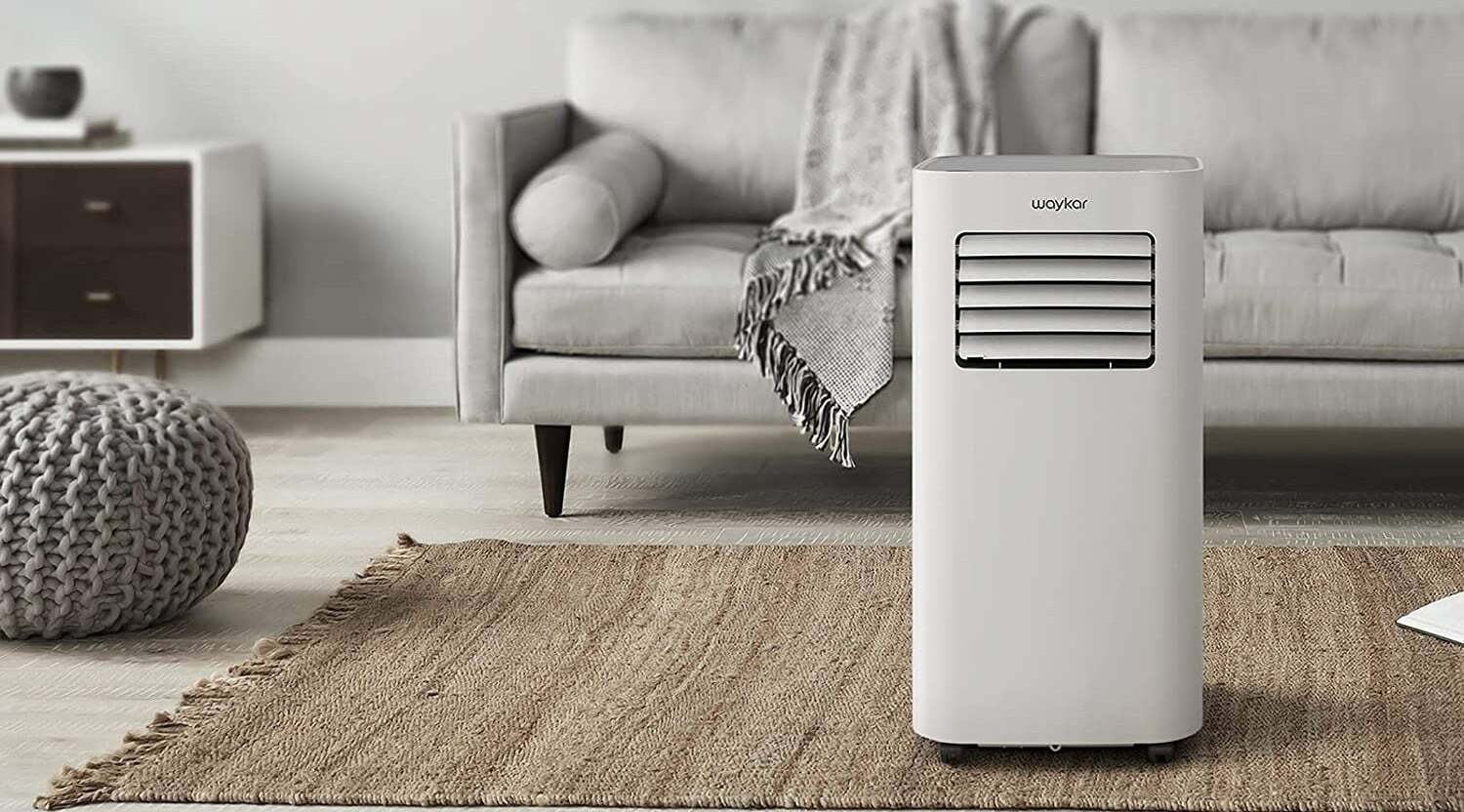
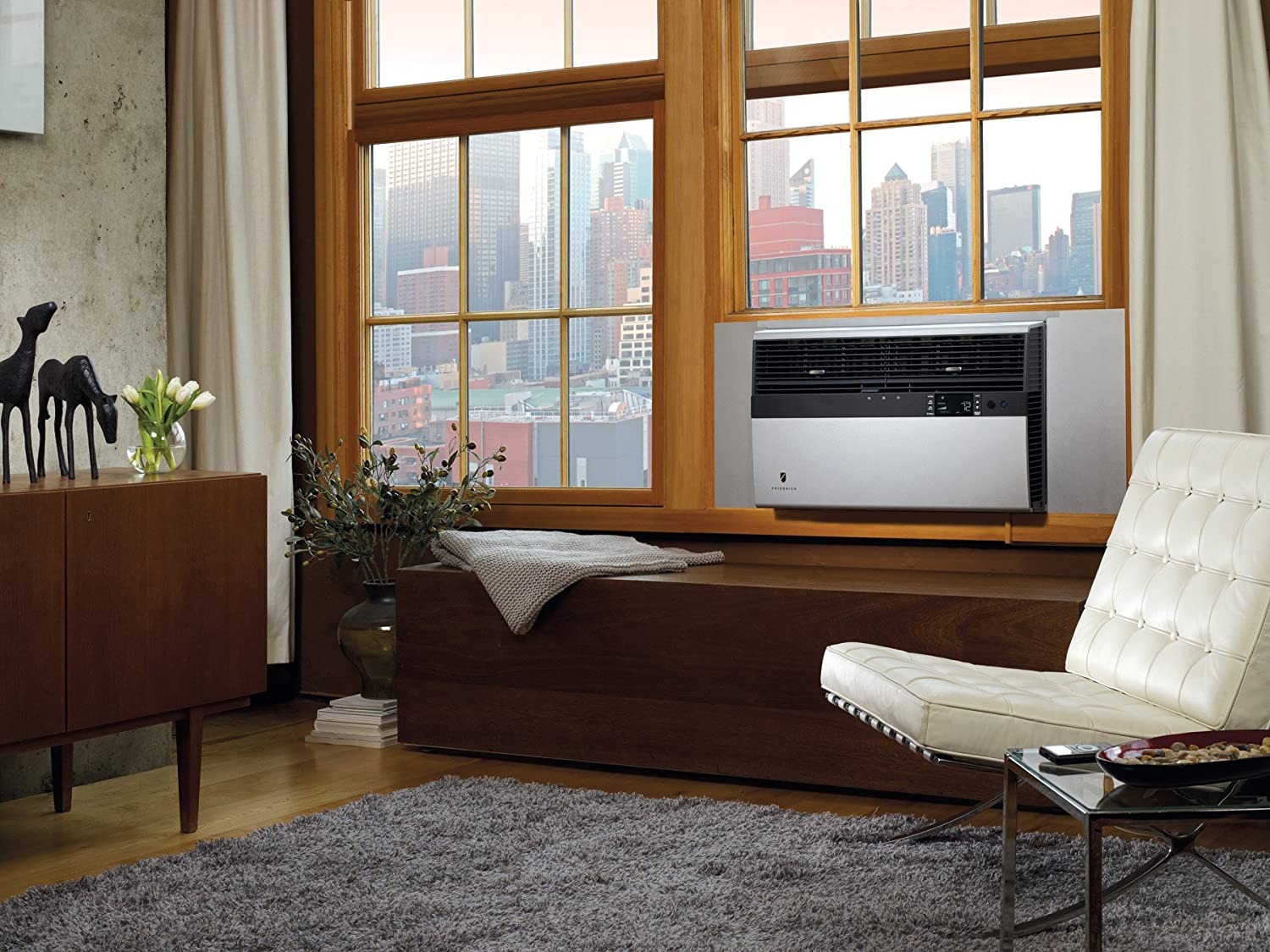

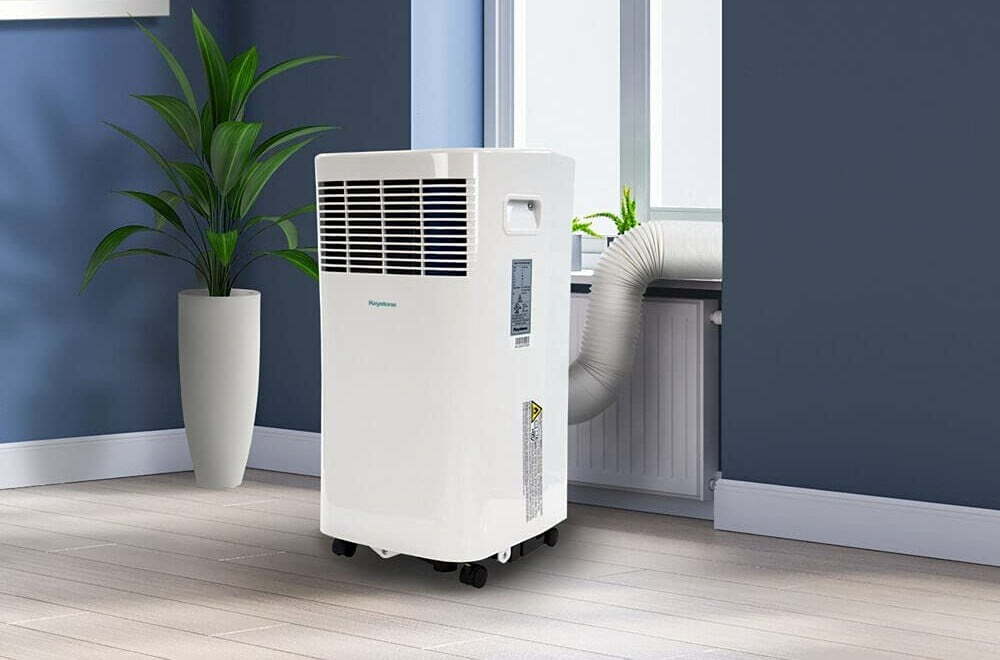
![Best Air Conditioners in [year] ([month] Reviews) 27 Best Air Conditioners in 2025 (December Reviews)](https://www.gadgetreview.dev/wp-content/uploads/best-air-conditioners-image.jpg)
![Quietest Through The Wall Air Conditioners in [year] 28 Quietest Through The Wall Air Conditioners in 2025](https://www.gadgetreview.dev/wp-content/uploads/quietest-through-the-wall-air-conditioner-image.jpg)
![Best 10000 BTU Air Conditioners in [year] 29 Best 10000 BTU Air Conditioners in 2025](https://www.gadgetreview.dev/wp-content/uploads/best-10000-btu-air-conditioner-image.jpg)
![Best 15000 BTU Air Conditioners in [year] 30 Best 15000 BTU Air Conditioners in 2025](https://www.gadgetreview.dev/wp-content/uploads/best-15000-btu-air-conditioner-image.jpg)
![Best 15000 BTU Window Air Conditioners in [year] 31 Best 15000 BTU Window Air Conditioners in 2025](https://www.gadgetreview.dev/wp-content/uploads/best-15000-btu-window-air-conditioner-image.jpg)
![Best 12000 BTU Air Conditioners in [year] 32 Best 12000 BTU Air Conditioners in 2025](https://www.gadgetreview.dev/wp-content/uploads/best-12000-btu-air-conditioner-image.jpg)
![Best Photocatalytic Oxidation Air Purifiers in [year] 33 Best Photocatalytic Oxidation Air Purifiers in 2025](https://www.gadgetreview.dev/wp-content/uploads/best-photocatalytic-oxidation-air-purifier-image.jpg)
![Best Ventless Portable Air Conditioners in [year] 34 Best Ventless Portable Air Conditioners in 2025](https://www.gadgetreview.dev/wp-content/uploads/best-ventless-portable-air-conditioner-image.jpg)
![Best Window Air Conditioners with Heat in [year] 35 Best Window Air Conditioners with Heat in 2025](https://www.gadgetreview.dev/wp-content/uploads/best-window-air-conditioner-with-heat-image.jpg)
![Best Inverter Air Conditioners in [year] 36 Best Inverter Air Conditioners in 2025](https://www.gadgetreview.dev/wp-content/uploads/best-inverter-ac-image.jpg)
![Best HEPA Air Purifiers in [year] 37 Best HEPA Air Purifiers in 2025](https://www.gadgetreview.dev/wp-content/uploads/best-hepa-air-purifier-image.jpg)
![Best Quiet Window Air Conditioners in [year] 38 Best Quiet Window Air Conditioners in 2025](https://www.gadgetreview.dev/wp-content/uploads/quiet-window-air-conditioner-image.jpg)
![Best Energy Efficient Window Air Conditioners in [year] 39 Best Energy Efficient Window Air Conditioners in 2025](https://www.gadgetreview.dev/wp-content/uploads/best-energy-efficient-window-air-conditioner-image.jpg)
![Best Quiet Portable Air Conditioners in [year] 40 Best Quiet Portable Air Conditioners in 2025](https://www.gadgetreview.dev/wp-content/uploads/quiet-portable-air-conditioner-image.jpg)
![Best 6000 BTU Air Conditioners in [year] 41 Best 6000 BTU Air Conditioners in 2025](https://www.gadgetreview.dev/wp-content/uploads/best-6000-btu-air-conditioner-image.jpg)
![Best 8000 BTU Air Conditioners in [year] 42 Best 8000 BTU Air Conditioners in 2025](https://www.gadgetreview.dev/wp-content/uploads/best-8000-btu-air-conditioner-image.jpg)
![Best Small Window Air Conditioner in [year] 43 Best Small Window Air Conditioner in 2025](https://www.gadgetreview.dev/wp-content/uploads/best-small-window-air-conditioner-image.jpg)
![Best 5000 BTU Air Conditioners in [year] 44 Best 5000 BTU Air Conditioners in 2025](https://www.gadgetreview.dev/wp-content/uploads/best-5000-btu-air-conditioner.jpg)
![Best Mini Split in [year] 45 Best Mini Split in 2025](https://www.gadgetreview.dev/wp-content/uploads/best-ductless-mini-split-air-conditioner-image.jpg)
![10 Best Portable Air Conditioners and Heaters in [year] 46 10 Best Portable Air Conditioners and Heaters in 2025](https://www.gadgetreview.dev/wp-content/uploads/best-portable-air-conditioner-and-heater-image.jpg)

